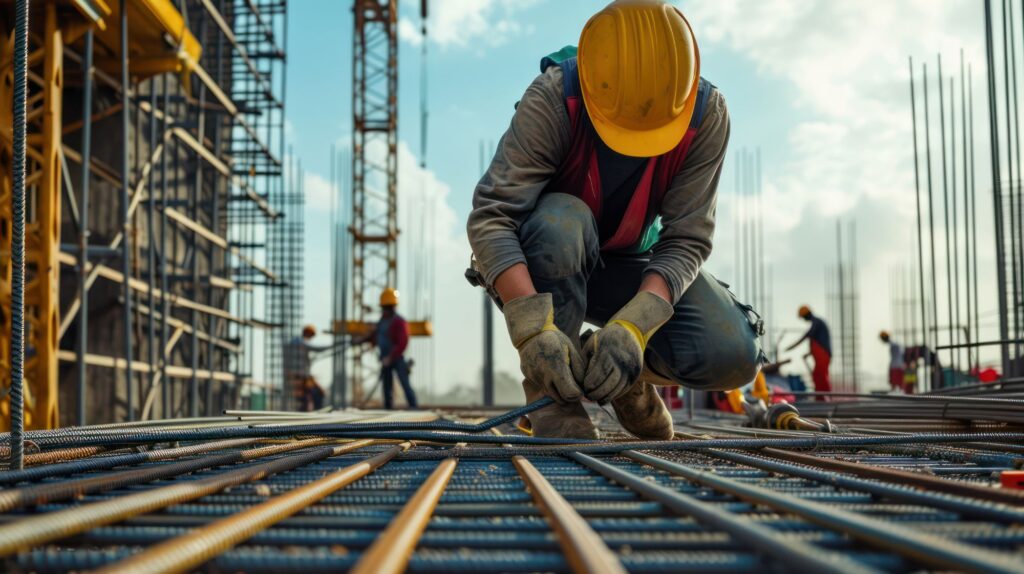
Cities are evolving, and so are the materials used to construct them. Traditional materials like brick, wood, and concrete are no longer the only options. Today, architects and engineers use advanced building products that are stronger, more efficient, and often more sustainable.
This quiet shift in construction materials is reshaping cities in ways most people never realize. They influence energy efficiency, construction speed, and even the environmental footprint of cities. As urban populations grow, the demand for smarter, more adaptable materials increases.
In this article, we’ll explore some of the most influential modern building materials and how they transform urban architecture. Read on for the details!
Cross-Laminated Timber and Sustainable Construction
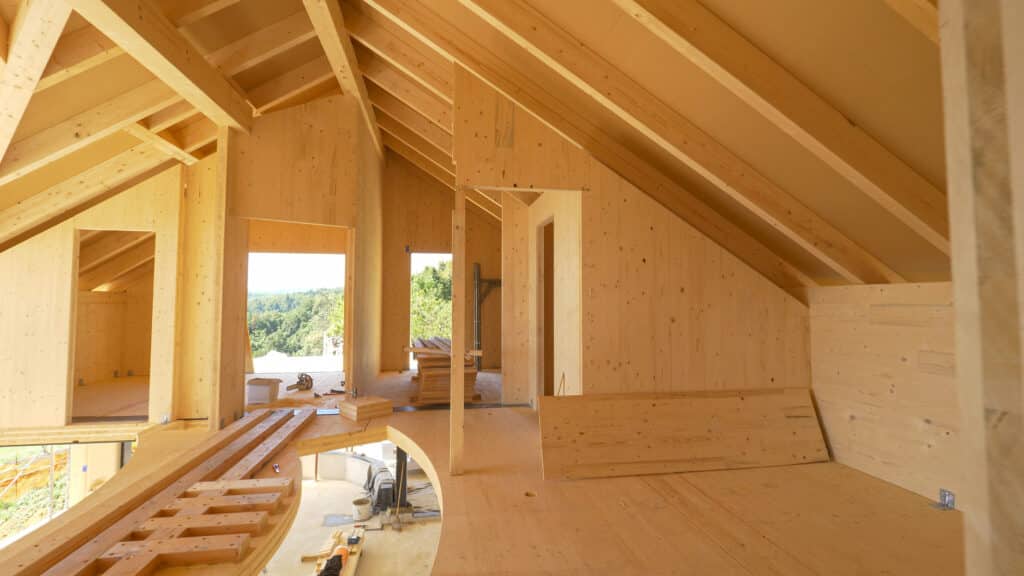
Cross-laminated timber (CLT) is bringing wood back into modern construction with a fresh approach. It’s made by stacking layers of wood in opposite directions, creating strong, stable panels that can support large buildings. Since CLT is sourced from renewable forests and uses less energy during production, it helps reduce carbon emissions in manufacturing and building use.
CLT also makes the construction process faster and cleaner. Panels are pre-cut and delivered ready to install, saving time on-site and reducing noise. This is especially useful in busy urban areas where traditional building methods can cause significant disruptions. Quieter and quicker builds also mean fewer delays for nearby traffic, businesses, and residents.
Additionally, CLT supports structural needs and sustainability goals. It allows architects to design modern, efficient buildings while meeting stricter environmental standards. As more developers focus on long-term energy savings and lower-impact materials, CLT continues to gain attention in urban design.
The best part is that you can easily access sustainable materials from reputable suppliers. A reliable building products distributor will provide customization options based on design needs, which makes it easier for builders to meet project goals without sacrificing performance or sustainability.
Smart Glass and Energy Efficiency
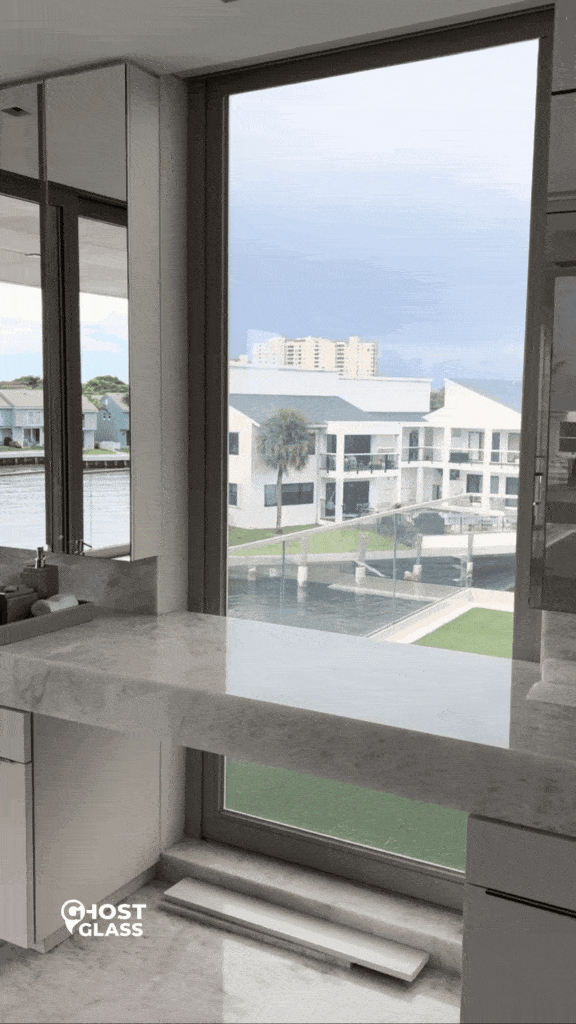
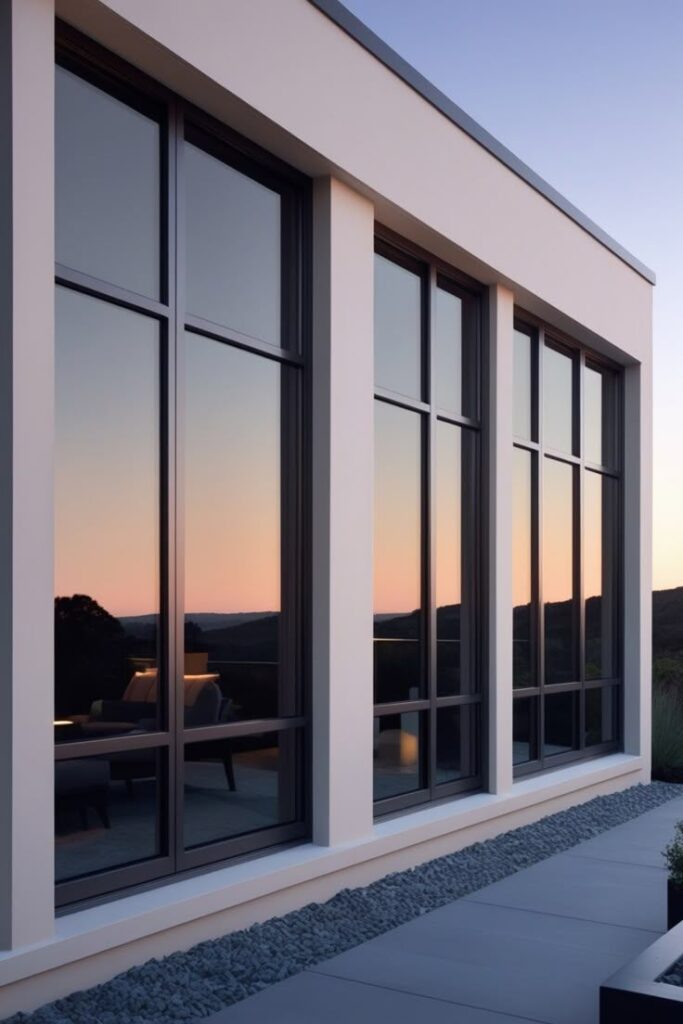
Smart glass is transforming how buildings handle light and temperature. Unlike standard windows, it can switch between clear and tinted states based on sunlight, heat, or electric signals. This shift reduces the need for constant air conditioning or artificial lighting, which lowers energy use and helps cut utility bills.
Beyond saving energy, smart glass makes indoor spaces more comfortable. It blocks harsh glare, controls brightness, and limits heat buildup near windows. People working or living inside get better light quality without needing blinds or heavy curtains. This improves visibility, reduces eye strain, and supports a cleaner, more modern interior design.
Smart glass also supports creative building designs. It allows architects to use larger glass surfaces without overheating or high energy loss. Many advanced cities already feature towers utilizing this technology, showing how smart glass blends style, comfort, and sustainability in today’s urban architecture.
Self-Healing Concrete and Durability
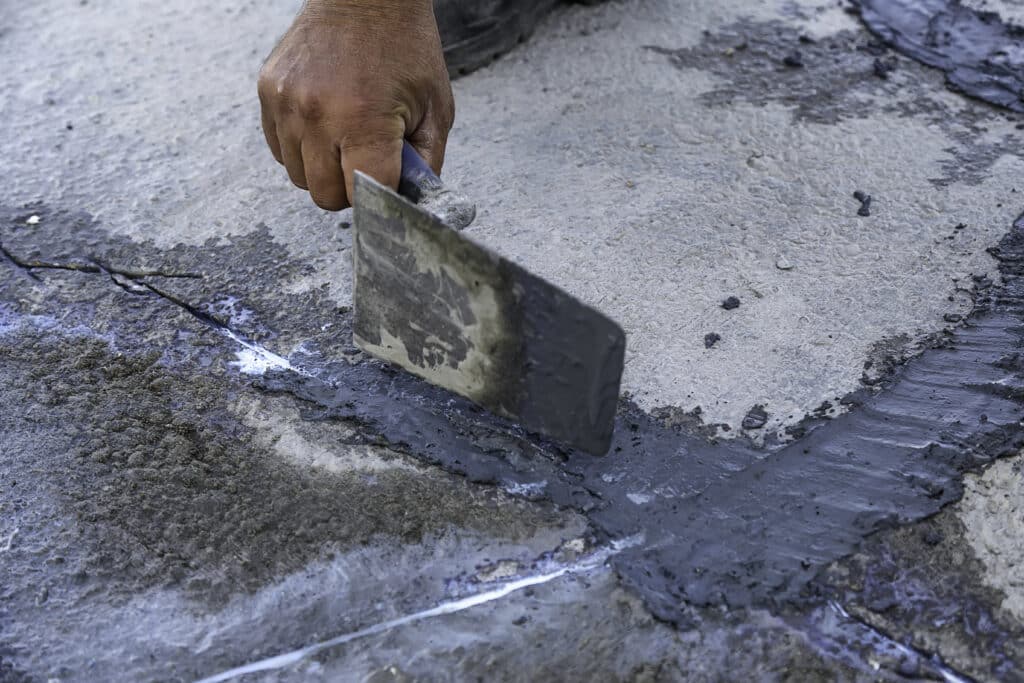
Concrete is used everywhere in construction, but it tends to crack over time. These cracks can weaken structures and lead to costly repairs. Self-healing concrete solves this issue with built-in compounds that react with water to seal small cracks before they spread. This helps buildings, roads, and bridges stay stronger for longer.
Using self-healing concrete reduces maintenance and repair work. Fewer cracks mean fewer disruptions in busy urban areas where traffic, business, and daily life can’t afford constant construction. Longer-lasting materials also reduce waste and help cities manage their infrastructure more efficiently.
This innovation supports safer, more reliable buildings while promoting sustainable construction. As more developers look for materials that improve durability and lower costs, self-healing concrete is becoming a smart option for modern urban design.
Recycled and Modular Materials
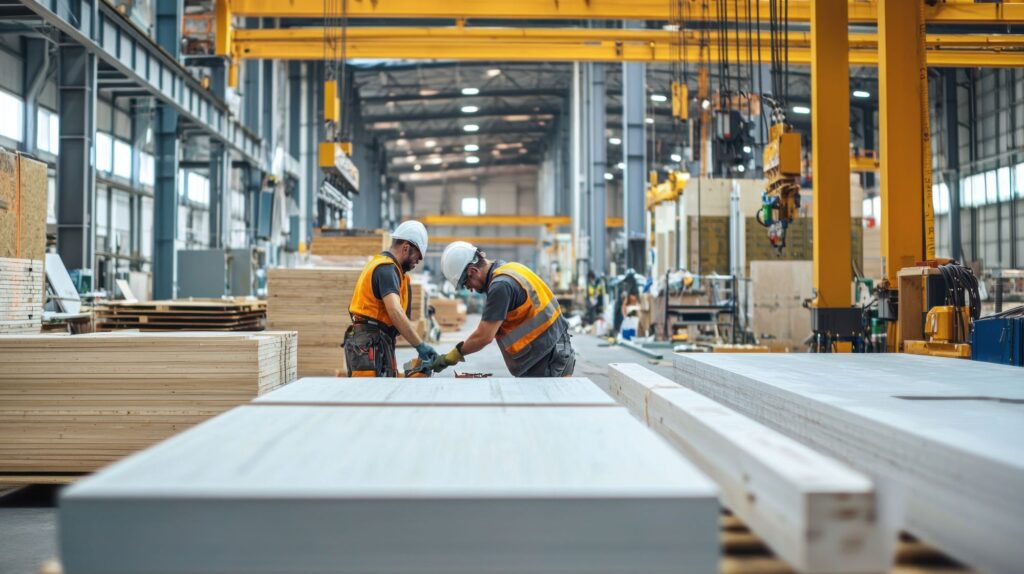
Modern construction is finding innovative ways to deal with urban waste. Recycled plastics, scrap metal, and repurposed glass are now used in everything from walls to flooring. These materials help reduce landfill waste and manufacturing costs, making them practical and eco-friendly.
Modular construction adds another layer of efficiency. Prefabricated construction parts are built off-site and assembled quickly, shortening construction time and limiting disruption in busy areas. This method works well for projects like housing, schools, and small commercial buildings.
The demand for fast, affordable, and sustainable solutions rises as cities grow. Recycled and modular materials meet those needs, offering a flexible approach that supports long-term development goals. More builders are now using these methods to create cleaner and more efficient urban spaces.
Photovoltaic Coatings and Renewable Energy
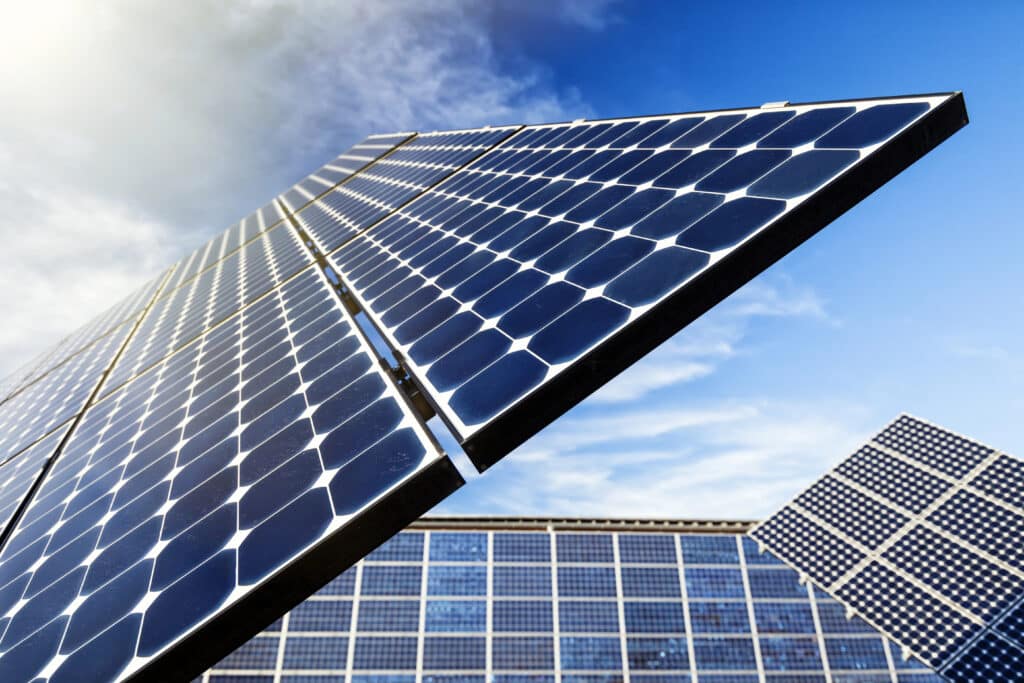
Photovoltaic coatings offer a new way to generate solar power without adding bulky panels. These thin, clear layers can be applied to windows, walls, and other surfaces, letting buildings produce electricity without changing their appearance. This makes it easier to include renewable energy in new and existing structures.
These coatings expand how cities can use solar power. More surface area means higher energy production without using extra space. Buildings can support daily energy needs, and public infrastructure like walkways or transit stops can also contribute to the local power supply.
As solar technology improves, these coatings are becoming more efficient and accessible. Developers looking to cut energy costs and reduce carbon output are starting to include them in modern building plans. Over time, they could become a standard feature in sustainable urban design.
Conclusion
Modern building materials are changing urban architecture in ways unimaginable a few decades ago. These innovations, from energy-generating coatings to self-repairing concrete, are making cities more efficient, durable, and sustainable.
As technology advances, advanced construction materials will continue to shape the future of urban living. The challenge now is to adopt these technologies on a larger scale. If done right, modern building products can help create visually stunning, smarter, and greener cities for generations.
- 0shares
- Facebook0
- Pinterest0
- Twitter0



